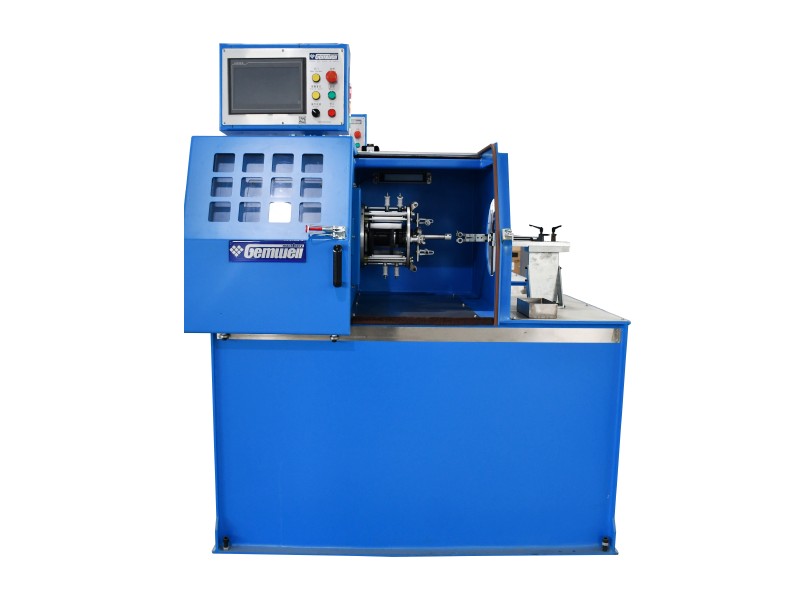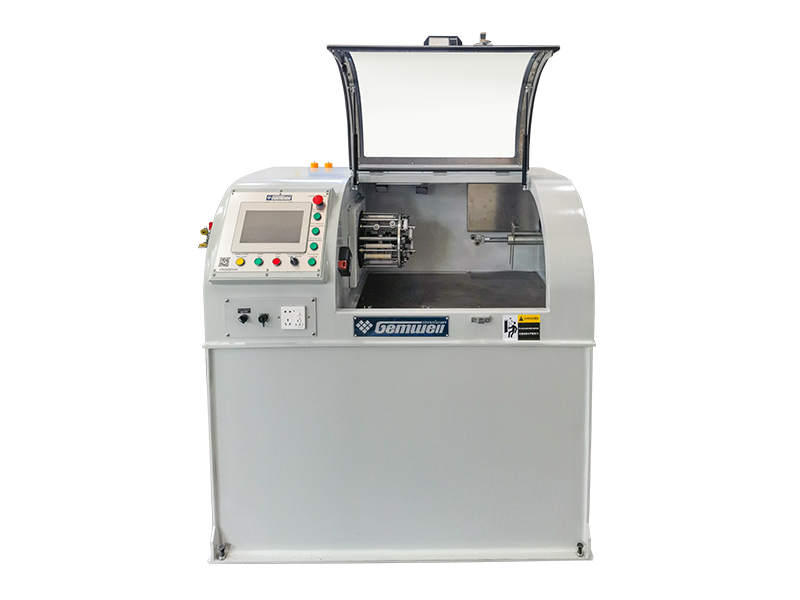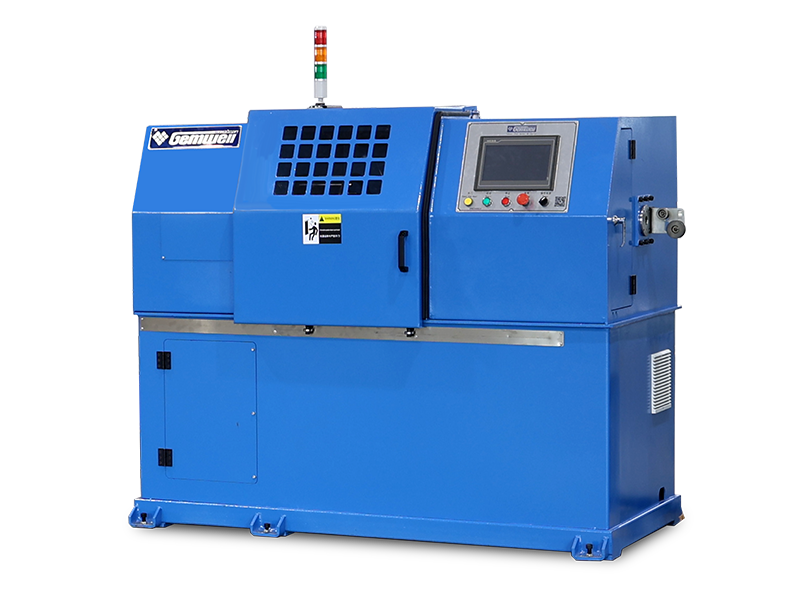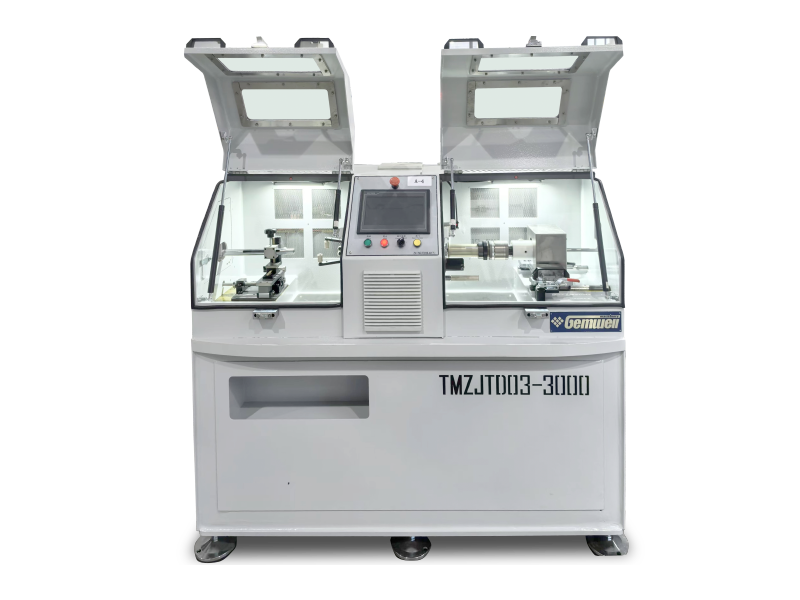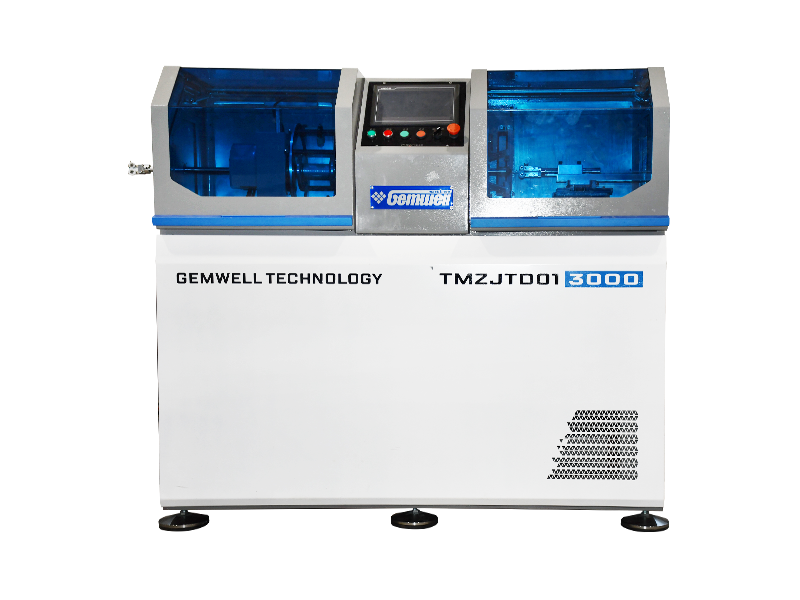When selecting a cable extrusion machine, prioritize these practical considerations based on industry experience:
1. Production Requirements
Cable Types Needed — Match the machine to your output: e.g., thin electronic wires vs. armored power cables.
Output Volume — High-volume lines need automated, continuous systems; small batches suit modular setups.
Material Compatibility — Ensure the machine processes your polymers (e.g., PVC, XLPE, TPE) without degradation.
2. Technical Capabilities
Extrusion Layers — Single-layer for basic wires; dual/triple extrusion for complex cables (shielding + jacket).
Precision Control — Laser gauges or ultrasonic sensors for real-time thickness monitoring.
Line Speed — Balance throughput with stability—high speeds risk defects if cooling/tension falters.
3. Machine Design & Durability
Screw-Barrel Quality — Hardened steel resists wear from abrasive compounds (e.g., silica-filled XLPE).
Cooling Efficiency — Vacuum water tanks or cascading systems prevent bubbles/voids in thick insulation.
Ease of Maintenance — Quick-release dies and accessible screws reduce downtime during changeovers.
4. Operational Factors
Footprint & Layout — Confirm factory space for upstream/downstream integration (e.g., stranding → extrusion → coiling).
Energy Consumption — Variable-frequency drives (VFDs) cut idle power waste.
Safety Features — Emergency stops, thermal overload protection, and guarded moving parts.
5. Vendor Support
Technical Service — Choose suppliers with local technicians for urgent repairs.
Training — Operator/maintenance training prevents costly errors.
Spare Parts Availability — Verify stocks of critical components (heaters, screws, dies).
6. Future-Proofing
Modular Upgrades — Can the machine add IoT monitoring or automation later?
Material Flexibility — Adaptability to newer polymers (e.g., halogen-free flame retardants).
Compliance — Meets evolving safety/environmental standards (RoHS, REACH).
7. Cost Considerations
Total Ownership Cost — Weigh initial price against energy use, maintenance, and scrap rates.
Return on Investment (ROI) — Higher automation may justify cost via reduced labor/defects.
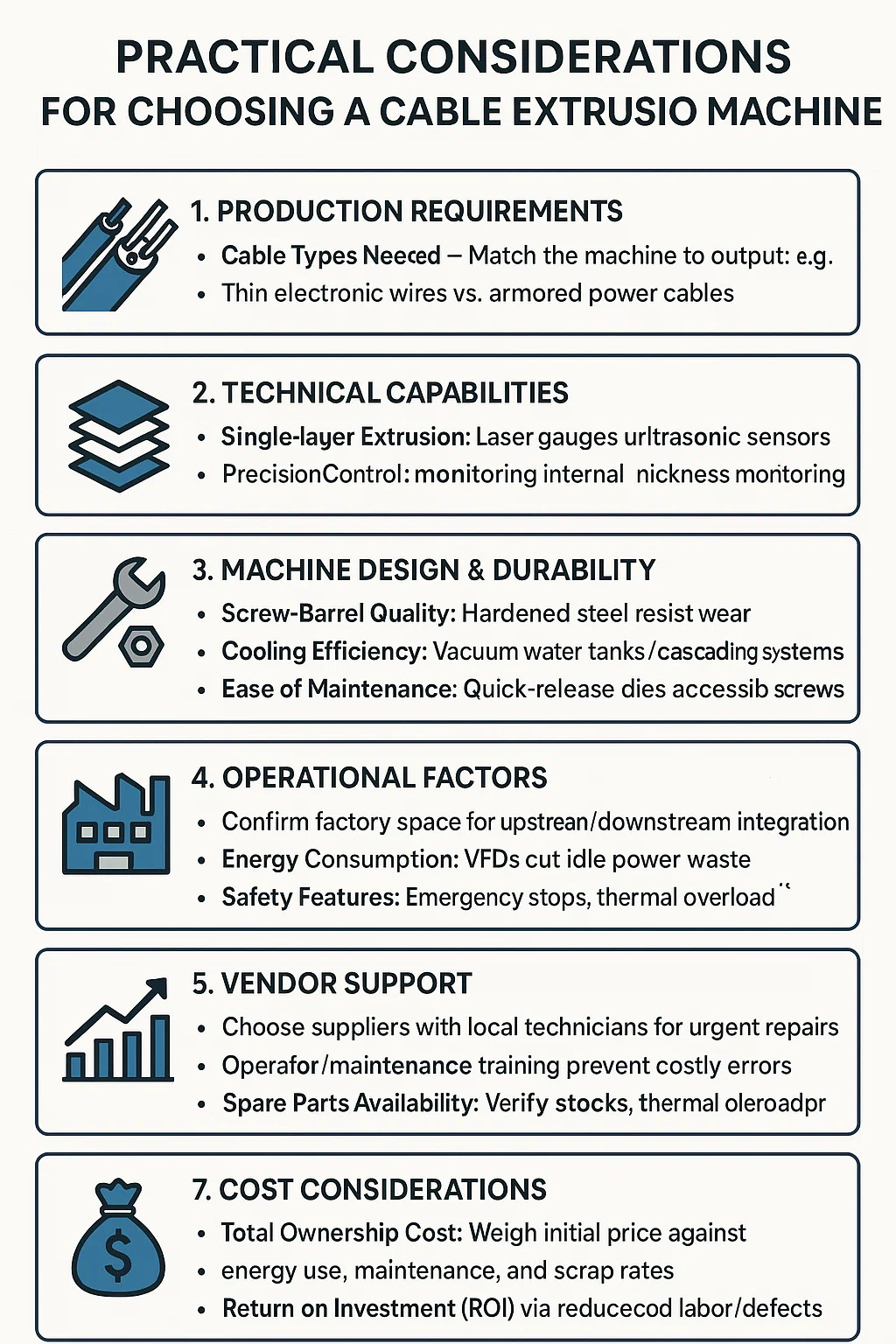
 E-mail: info@gem-cablesolution.com
E-mail: info@gem-cablesolution.com Address: No.8 Yuefeng Rd, High Tech Zone, Dongtai, Jiangsu, China | No.109 Qilin East Rd, Daning, Humen, Dongguan, Guangdong, China.
Address: No.8 Yuefeng Rd, High Tech Zone, Dongtai, Jiangsu, China | No.109 Qilin East Rd, Daning, Humen, Dongguan, Guangdong, China. English
English  English
English русский
русский 日本語
日本語 Español
Español عربى
عربى 中文简体
中文简体


 Related Products
Related Products